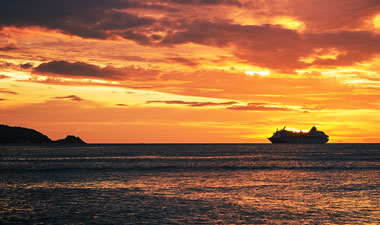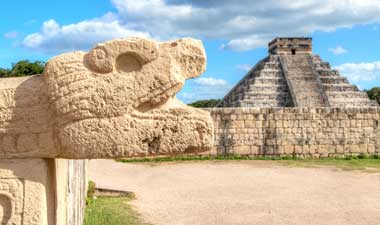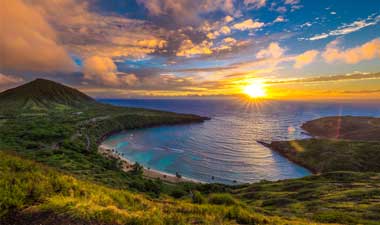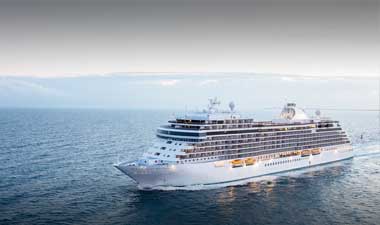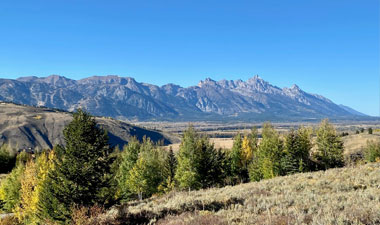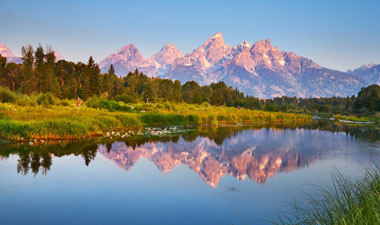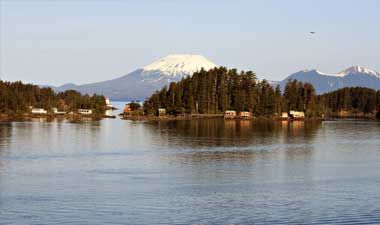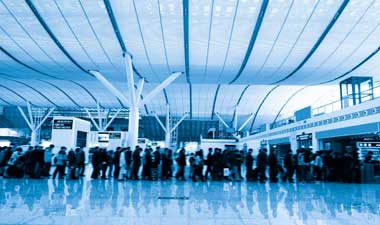After two years of planning, selling our home and all our belongings, with no more hesitation or procrastination, we were here! Mexico City!
We had been planning this trip for over two years before finally taking the plunge and buying our tickets to Mexico to start an adventure of a life-time. One morning I woke up and said to myself, “if I don’t buy this ticket today, we will never do it.” So I got online and started searching the internet for the lowest possible fares and best hotels, with the return ticket booked 180 days later. After searching through my trusted websites, I finally found and purchased it! We had decided to start our adventure in Mexico City with our final destination (or so we thought) being Huatulco on the Southern Pacific coast.
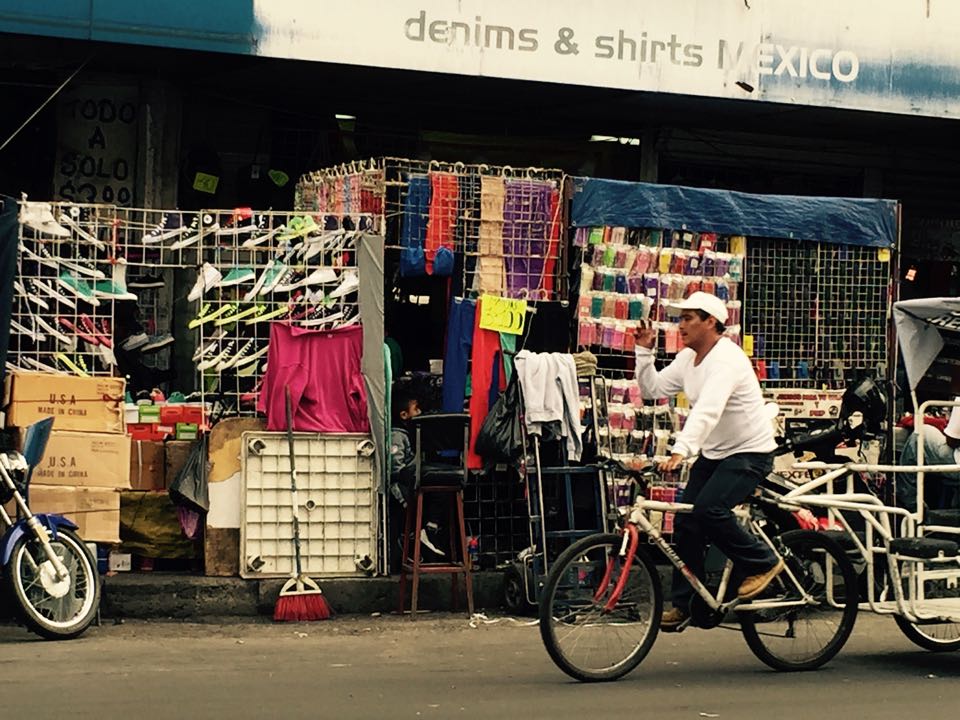 Arriving in Mexico City was a dream come true. We took a taxi from the international airport, Benito Juarez, into the downtown Historic Center or Zocalo; we were overwhelmed by all the cars, motorcycles, taxis, and autobuses’ zooming by in no particular lane. It seems as everyone is in a rush to be somewhere else and right now. Thankfully Marcos was driving and we could enjoy our first authentic Mexican experience.
Arriving in Mexico City was a dream come true. We took a taxi from the international airport, Benito Juarez, into the downtown Historic Center or Zocalo; we were overwhelmed by all the cars, motorcycles, taxis, and autobuses’ zooming by in no particular lane. It seems as everyone is in a rush to be somewhere else and right now. Thankfully Marcos was driving and we could enjoy our first authentic Mexican experience.
Our driver takes us through some of the original, authentic Mexico City barrios where the majority of the population lives. There is a 5 lane road with no lines; cars, buses, taxis, and motos darting in and out; changing lanes with a wave of a hand or honk of a horn. Everyone seems to be heading in the same direction as us. Is this a sign of things to come? With so many heading the same way, the inevitable traffic jams begin. What is really amusing is they are all honking their horns, yelling at the guy in front of them to hurry up and move when they can clearly see that he can’t go anywhere. Nothing like some extra noise to speed things up.
We pass the sea of colors, vendors, and people that is the traditional Mexican market, or Mercado de Sonora. This is where most locals go and buy their produce or wares that they then re-sell on the streets in their self-pushed carts filled with antojitos. There are rows upon rows of vendors with everything you could possibly think of for sale – jewelry, beads, trinkets, pastels, palm baskets, terra cotta pottery, (all handmade) and chicken next to fruits and veggies. They are shouting they have the best price or product in the market, repeating the same line over and over. As you make your way through this wonderful labyrinth of commerce, you are approached by one after another speaking as quickly as possible to you (in Spanish of course) and telling you everything you want to hear so you will purchase from them and not the person next to them, usually selling the same thing for the same price. Any hesitation on your part and the sale is on. Usually, the less pushy vender gets my sale; however, this doesn’t deter the rest from trying. There is nothing to compare to the rush of adrenalin you get when haggling in a traditional Mexican Mercado.
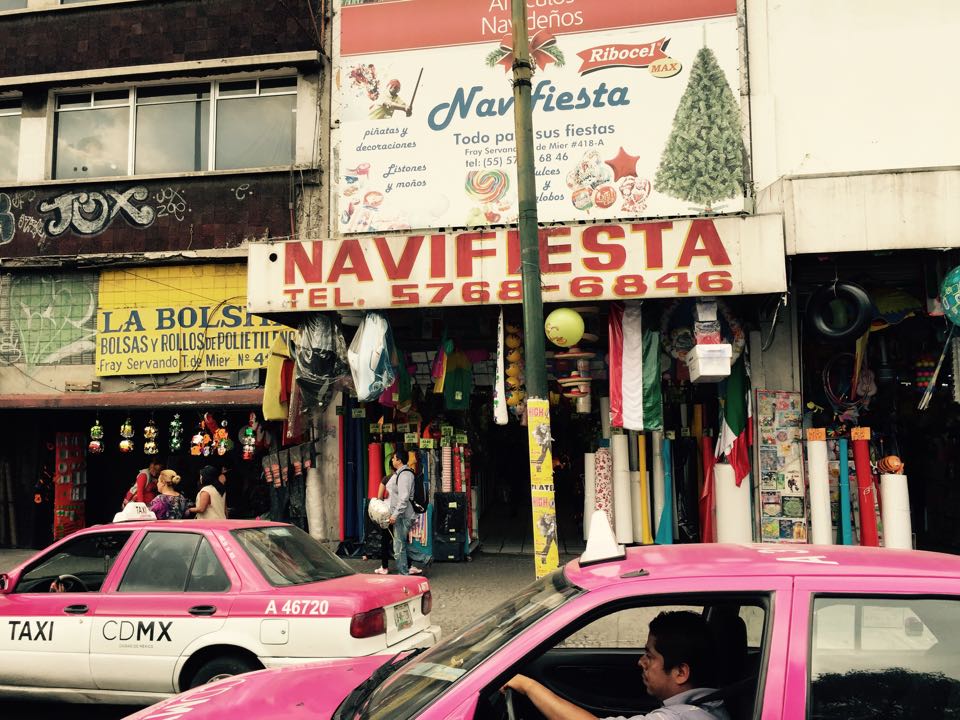 Mexico City is one of the world’s largest metropolitan areas, composed of 16 boroughs and 300 neighborhoods. While many cities go up, Mexico City spread out, engulfing neighboring towns and villages. Many of the neighborhoods still hark back to years gone by and feel more like a town than part of a thriving metropolis. Mexico City is a never ending sea of people and small businesses, block after block. When trying to cross a street I highly advise that you have your running shoes on because even with the light, you still have to be fast to get across the street before a turning car or bus.
Mexico City is one of the world’s largest metropolitan areas, composed of 16 boroughs and 300 neighborhoods. While many cities go up, Mexico City spread out, engulfing neighboring towns and villages. Many of the neighborhoods still hark back to years gone by and feel more like a town than part of a thriving metropolis. Mexico City is a never ending sea of people and small businesses, block after block. When trying to cross a street I highly advise that you have your running shoes on because even with the light, you still have to be fast to get across the street before a turning car or bus.
Once you get into the Zocalo area things lighten up a little and you can tell you have crossed an imaginary line into one of the most popular areas in Mexico City. The streets are now one way with only two or three lanes. The cars and buses start to slow down a little - and that’s just a little - for all of the foot traffic on the square. Mexico City has worked hard on changing its reputation as a dangerous city, and it is working. I have never felt safer in such a large city, no matter what time of day or night it was.
As we pulled up to our hotel, the Hampton Zocalo Square, located in a beautiful 18th century majestic building, we are immediately greeted by the warm and kind smiling face of our door man. He is more than helpful with getting out the 6 bags of luggage that I have decided to bring on this adventure. He looks at us like “are you kidding me,” the whole time with a smile on his face. Most people do not travel in Mexico with more than one little travel bag on wheels that weighs less than 20 kilos, or approx. 45 pounds.
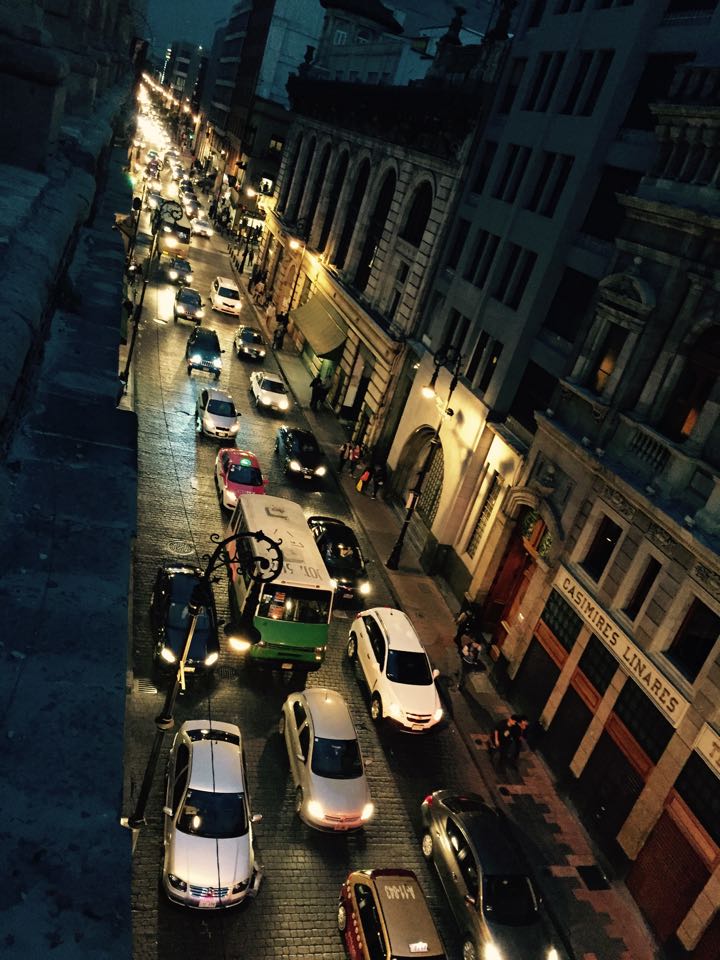 Upon entering, I could not be happier with the selection we had made. From the doorman to the front desk, bell hop to the concierge and housekeeping, every employee we encountered was beyond courteous, helpful, and always asking how they could be of service. Especially when they caught us standing around looking confused as to what to do next. Whenever we would leave the hotel, they would always make sure that we knew where we were going and offer us any assistance we might need.
Upon entering, I could not be happier with the selection we had made. From the doorman to the front desk, bell hop to the concierge and housekeeping, every employee we encountered was beyond courteous, helpful, and always asking how they could be of service. Especially when they caught us standing around looking confused as to what to do next. Whenever we would leave the hotel, they would always make sure that we knew where we were going and offer us any assistance we might need.
After settling in to our comfortable room with our comfortable bed – a most important item when you are traveling for an extended period of time in Mexico - we decide to head out and take a quick look at our local surroundings. Upon leaving the hotel we were immediately greeted by our friendly bell hop asking us if we needed any recommendations for dinner on our first night in town. He gave us a list of favorites serving authentic Mexican cuisine. He then made sure to give us directions to the Square and the restaurants for later that evening, pulling out a map and marking the locations for us.
We walked in admiration admiring the amazing architecture that surrounded us on all sides of the streets. From the early colonial architecture to that influenced by the French occupation of Mexico, it is a fantastic tapestry of colors and styles. Heading towards the square, Plaza de la Constitucion (El Zocalo) with all the people and federales milling about, we take it all in for the first time. Needless to say, it was a bit overwhelming.
As neither of us had ever been to Mexico City before, we were trying to figure out what was going on and why there were federal agents all over the square, in the streets, and standing around that colonial building next to the square. We would later find out that the beautiful historic building they were standing around was the Palacio National, or National Palace, where the President of Mexico resides. Originally built by Cortes in 1521 after his conquest of the Aztec Empire. The site and much of the building materials came from Moctezuma II’s palace, the Aztec emperor at the time of the Spanish conquest.
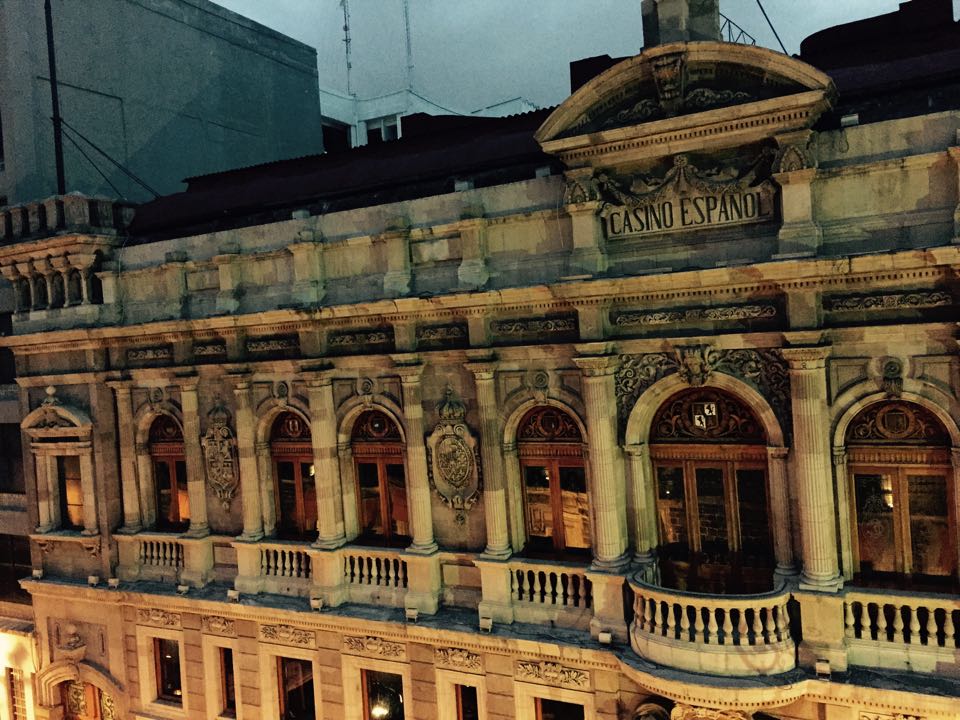 When you enter the square you hear the loud speakers and see hundreds of people surrounding temporary tents that have been set up for the protest that will take place the next day. The square is front and center for one form of protest or another. These demonstrations are peaceful, but the federal police want to make their presence known so they stay this way.
When you enter the square you hear the loud speakers and see hundreds of people surrounding temporary tents that have been set up for the protest that will take place the next day. The square is front and center for one form of protest or another. These demonstrations are peaceful, but the federal police want to make their presence known so they stay this way.
You first encounter the Metropolitan Cathedral. It is such a magnificent sight of beauty and peace. It would take you days to truly see all of the 12 chapels and the amazing sculptures, paintings, and ornate alters that make up the cathedral. Watching people on the rooftop, we inquired and discovered that there are tours offered giving access to many parts of the Cathedral closed to the general public.
Across from it is the National Palace where the government offices are located. The Palace is free to tour, but you must leave some form of picture ID with the guards upon entering. I highly recommend that you leave your passport in your safe at the hotel. Just take a picture of it to keep on your phone or a photocopy. For entrance here, your state driver’s license or ID card works just fine, and only one person in your group needs to leave theirs with the guards. The Palacio National is well-known for the exquisite murals done by Diego Rivera, in which he painted the history of Mexico in vivid color. Part of the Palacio houses the original residence of Benito Juarez, which is open to the public. It gives some great insights into the Father of Mexican Independence. The one thing I would highly recommend is to have a translator to interpret the information if you are not able to read Spanish. It can be frustrating when you want to know what a particular piece is, and the placard is only in Spanish. In lieu of Spanish lessons, an English-speaking tour guide is readily available at the entrance.
At this point we have only walked the immediate area around our hotel and the square. We decide we definitely needed to put together a plan of attack for our next week in this majestic city. There where specific sites we wanted to see before heading south to Huatulco. So after our quick tour of the square we headed back to our hotel to get ready for our first dinner in beautiful Mexico City.
News & Blog Categories
Trending Posts
Recent Posts
Featured Posts
![]()
Travel Insurance with AIG Travel Guard
We have plans. Lots of them. Why? So you can easily find the one that fits. And with our plans, it’s not just about coverage. It’s about unique services. Lost your bag? We can help track it with Bag Trak®. Or we can cover your losses if it isn’t found. It’s simple. We have the coverage options and assistance services you want for your globetrotting travels. Read More

Future Cruise Credits What to know
If you are holding on tight to your Future Cruise Credits (FCCs) waiting for the perfect time and itinerary to put them back in use, many of them expire soon! Now is a great time to check the status of your FCC with an All-Travel Travel Advisor. Read More
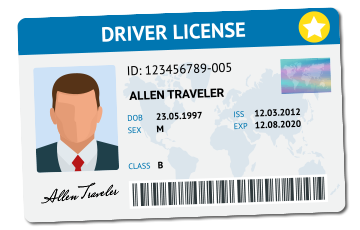
Real ID Deadline Extension
Starting on May 3, 2023 travelers who elect to use a state-issued driver’s license at Transportation Security Administration (TSA) airport checkpoints must ensure that they are Real ID-compliant, which is designated by a star in a circle in the upper right corner of the license. Read More


